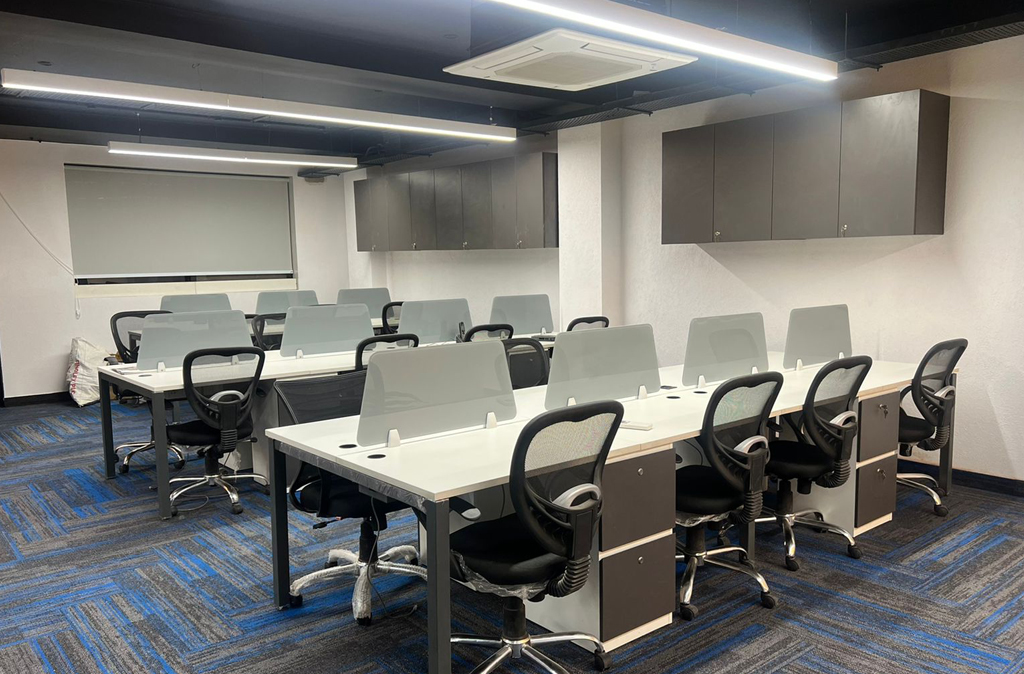As churches continue to expand their missions and serve growing congregations, the demand for practical, affordable, and flexible building solutions has never been higher. In this pursuit, metal church buildings are emerging as a top choice for faith-based communities. Gone are the days when a church had to be a traditional brick or wooden structure to feel sacred. Today, metal buildings offer the perfect blend of function, aesthetics, and value—making them ideal for both small ministries and large congregations.
This article explores why more and more churches are turning to steel for their building needs—and how these structures are proving to be cost-effective, durable, and beautifully customizable.
Why Choose Metal for Your Church Building?
Churches are no longer just places for Sunday worship. They now serve as community centers, daycare facilities, classrooms, food banks, and more. With such diverse needs, church leaders are seeking buildings that are adaptable and long-lasting—qualities that pre-engineered metal buildings (PEMBs) deliver in abundance.
Let’s break down the major reasons why churches across the country are choosing steel buildings.
1. Cost-Effective Construction
Perhaps the most immediate benefit of metal church buildings is their cost-efficiency. From materials to labor to maintenance, steel buildings help churches stretch their budgets further.
Lower Initial Costs
Pre-engineered metal buildings are manufactured off-site and delivered ready for quick assembly. This means significantly reduced construction time and labor costs compared to traditional building methods.
Minimal Maintenance
Steel requires little upkeep. Unlike wood, it doesn’t rot, warp, or attract termites. Unlike brick, it doesn’t require regular mortar repair. Over time, these savings add up, freeing church budgets for ministry and outreach programs.
Energy Efficiency
Modern metal buildings can be fitted with energy-efficient insulation systems, windows, and HVAC units. This translates to lower utility bills over the life of the building.
2. Durability That Withstands the Test of Time
Churches are built with the intention of lasting generations—and steel delivers unmatched durability.
Weather Resistance
Steel structures stand strong against harsh weather, including high winds, heavy snow, and even seismic activity. With proper coatings, they are also resistant to corrosion and moisture damage.
Fire Resistance
Unlike wood-framed buildings, metal buildings are non-combustible, providing added protection for the congregation and valuable church assets.
Long Lifespan
A well-maintained metal building can last 50 years or more. This long-term durability makes it a wise investment for churches seeking a stable, low-maintenance facility.
3. Beautiful, Customizable Design Options
Some worry that a metal building means sacrificing beauty for utility. That couldn’t be further from the truth.
Exterior Aesthetics
Today’s metal buildings come in a wide range of exterior finishes—from stucco and brick veneers to decorative paneling and paint options. With modern design tools, steel churches can look as traditional or contemporary as desired.
Interior Flexibility
Steel buildings feature clear-span framing, meaning they can span large areas without the need for interior support columns. This allows for open sanctuaries, spacious fellowship halls, and flexible classroom arrangements.
Custom Features
Want a bell tower? Stained glass? A vaulted ceiling or covered portico? Metal buildings can accommodate nearly any architectural vision. Many church projects include beautiful steeples, large windows, custom lighting, and even acoustical enhancements for worship music.
4. Quick Construction Timelines
Church construction can take months or even years with traditional materials, but pre-engineered steel buildings are much faster to erect.
Because much of the fabrication is done in the factory, churches avoid many of the delays caused by weather, labor shortages, and supply chain issues. This allows ministries to move into their new space faster—and start serving their communities sooner.
For a growing congregation or a mission-focused church plant, this speed can make all the difference.
5. Environmentally Friendly
Steel is one of the most sustainable building materials available today. It is 100% recyclable and often made from recycled content. Steel buildings also support energy-efficient insulation systems, LED lighting, and solar panel integration.
Churches that prioritize stewardship of the earth can feel good about choosing metal as a green building solution.
6. Multipurpose Functionality
Modern churches require multifunctional spaces. One week, the sanctuary may be used for worship; the next, it may need to transform into a food pantry, classroom, or community meeting hall.
The open, adaptable layout of metal buildings allows for seamless reconfiguration. Churches can incorporate movable walls, expandable wings, and multi-use areas that evolve with their needs.
Whether you’re planning a youth center, gymnasium, fellowship hall, or educational wing, a metal structure can handle it all with ease.
Real-World Example
Consider a mid-sized congregation in a growing suburb. The church wanted to build a new sanctuary, add classrooms, and create a large fellowship area—all within a modest budget.
By choosing a pre-engineered steel building, the church was able to:
-
Complete construction in under six months.
-
Save nearly 30% in construction costs compared to traditional materials.
-
Customize the exterior with brick veneers and a steeple to maintain a classic church look.
-
Enjoy lower monthly utility and maintenance costs.
Today, the congregation has a beautiful, functional space that supports worship, community events, and outreach—all made possible by the versatility and affordability of steel.
Conclusion: A Smart Choice for the Future of Your Church
As congregations evolve to meet the needs of modern ministry, their facilities must do the same. Church metal buildings offer a practical, stylish, and cost-efficient path forward.
With durability to last decades, design flexibility to reflect your faith and values, and the budget-friendliness that every church needs, steel is more than just a building material—it’s a foundation for growth, community, and purpose.
Whether you’re planting a new church or expanding an existing one, consider the beauty and benefits of building with metal. It’s a choice that supports your mission—today, tomorrow, and for generations to come.






